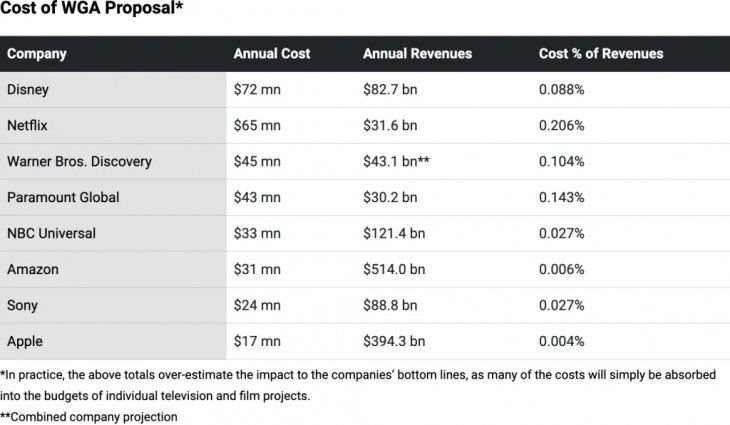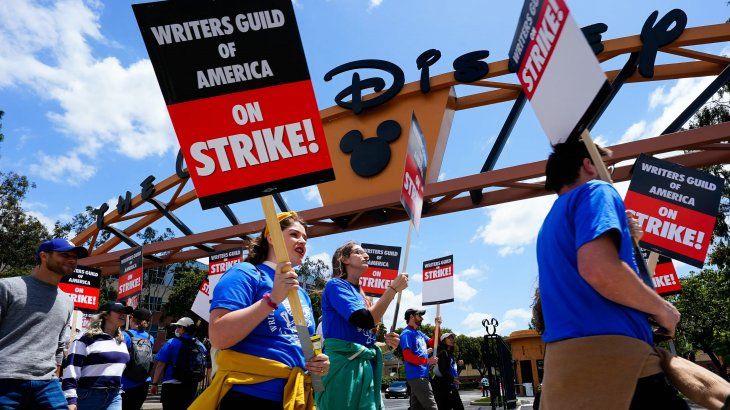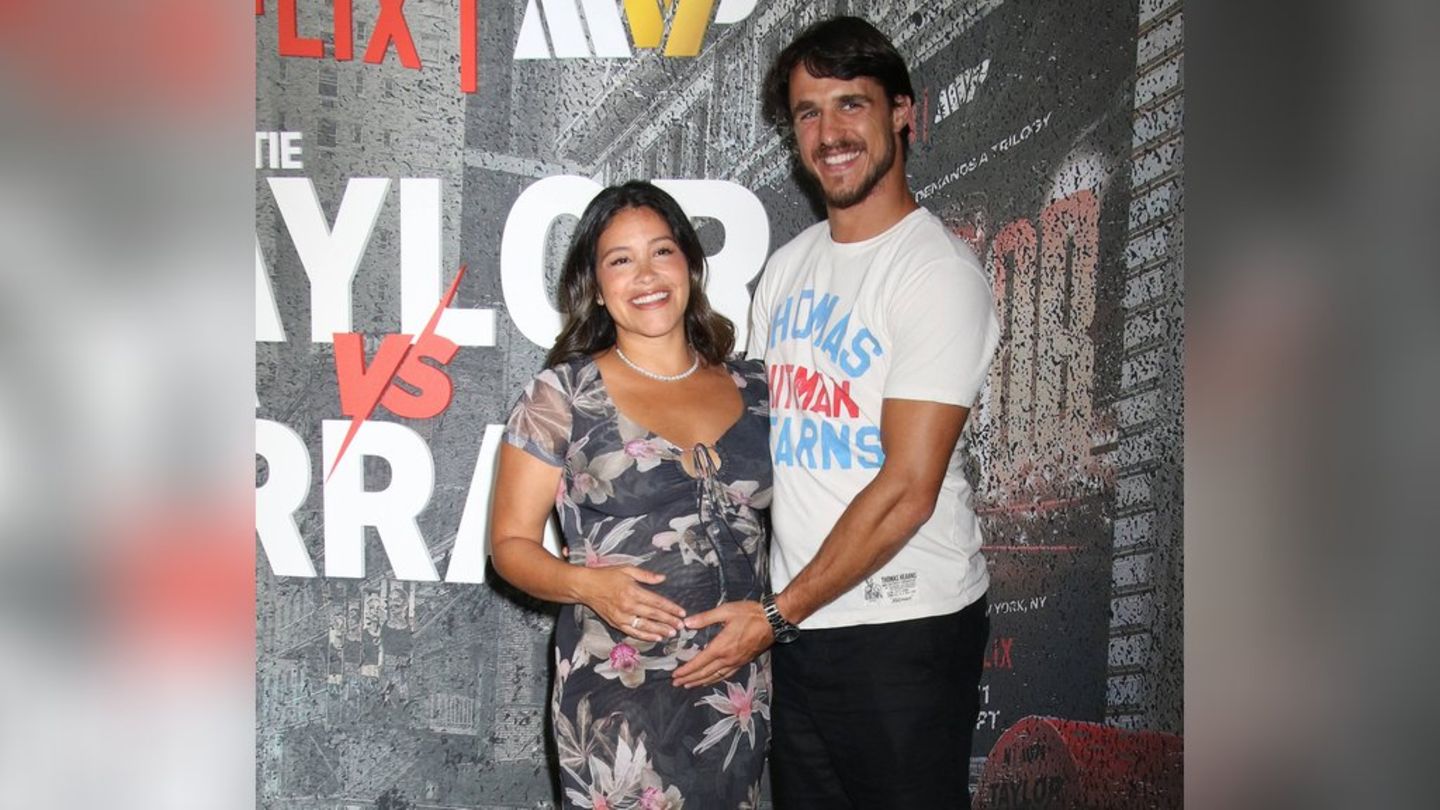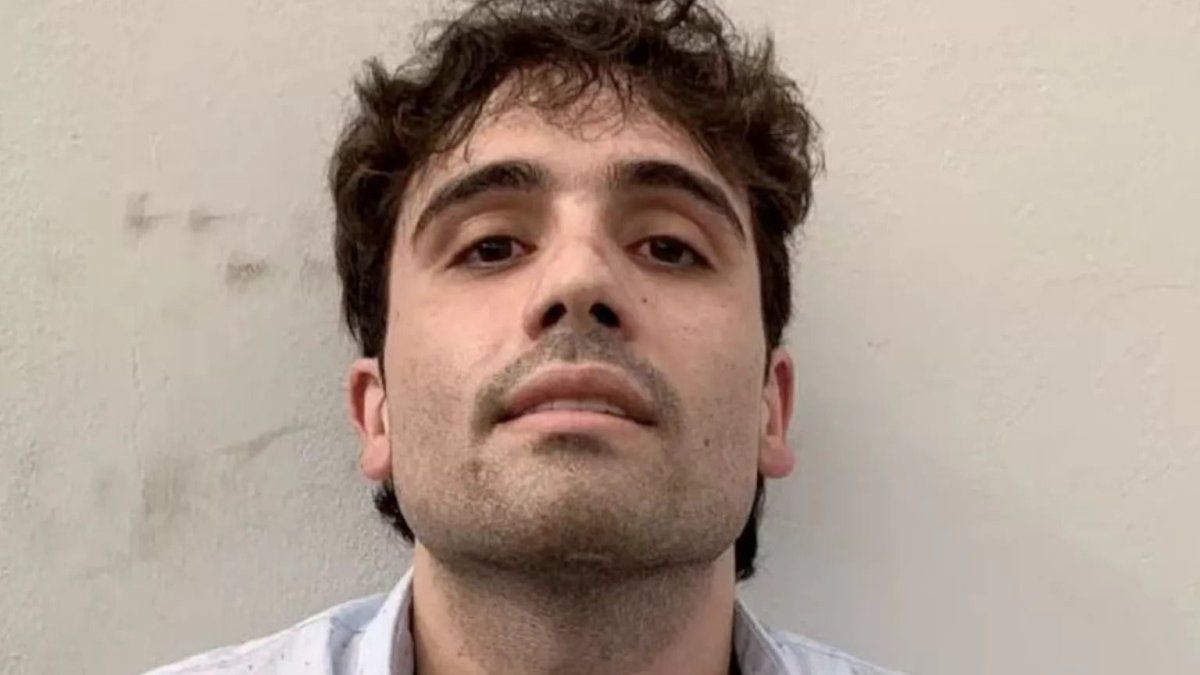After four days of intense negotiationsthe organization that brings together the big Hollywood studios and streaming companies (the AMPTP) gave what they consider “their best and last offer” to the screenwriters who have been on strike for 145 days. During this Saturday afternoon, the studios were working on the fine print of the new contracts and hope that the writers’ union (the WGA) respond this Sunday.
There is speculation in the industry that key issues, how to regulate Artificial Intelligencethe writers’ quarters and the residual payment depending on the success of the shows, led to the AMPTP spending Saturday trying to have a firm and clear contract to reach an agreement. “It all comes down to language in this instance,” an anonymous source assured Variety.
Negotiations had resumed on Wednesday and included the presence of the four most important executives: Disney’s Bob Iger, Warner Bros. Discovery’s David Zaslav, Netflix’s Ted Sarandos and NBCUniversal’s Donna Langley. The CEOs were present in the first three days of negotiation with the intention of reaching a solution to the strike that has been going on for five months.
During those days, Different sources indicated that there was great progress, but the union negotiators were not willing to leave with little, so the conversation dragged on. On August 11, negotiations stopped after a “first and only counteroffer” from the AMPTP that ended up leading to a media fight with poor results for the production companies that had to return to the negotiating table in less than a month. .
Although an agreement is reached with the scriptwriters this weekend, the actors (within the SAG-AFTRA union) will continue their forceful measures. So far, the AMPTP has not given any signal of intention to sit down with them to negotiate.
What Hollywood production companies had offered in August
hollywood disney strike
Courtesy: USA Today
The Hollywood production companies offered increases in minimum and residual salaries in August for reproductions in streaming: 5% the first year of the contract, 4% the second and 3.5% the third, as well as an increase in residuals from US$72,067 to US$87,546 per episode.
Even so, The openness to providing data on these reproductions continued to be a conflict. The AMPTP offered that six members of the writers’ union can study some limited data of streaming viewers over the next three years and with that negotiate the next contract renewal. If accepted, The WGA will not be able to give this information to any screenwriter let alone negotiate residuals based on data about your work.
For the first time, production companies offered a possible solution to the problem of the minimum number of employees in a writers’ room. The AMPTP proposed 10 weeks of guaranteed employment and that the showrunner can choose at least two scriptwriters to be employed for 20 weeks. This was rejected due to the “limitations and omissions” of the proposal. For example, while showrunners are common in Hollywood productions, the term can refer to both chief writers and producers so it is not clear who would make such a decision.
Originally, the WGA had required that pre-production writers’ rooms, where series are written long before a production begins, have a minimum of six to 12 writers, depending on the number of episodes to write and regulations for hiring.
At the point of use of Artificial intelligence the producers proposed to guarantee that This one will never be recognized as a screenwriter and that the material generated by this technology is not considered “literary material”, as well as that the AI will not be credited as the “original author”. Also that screenwriters who are given AI-generated source material will be informed that this is the case, will be paid as original screenwriters and They will not be forced to use AI in the writing process.
The writers considered this a good approach, but insufficient. As an example, they stated that AMPTP refuses to regulate the use of screenwriters’ work to train Artificial Intelligence create new content.
As a proof of concept, the WGA public a chart where they compare the cost of their lawsuits against the profits of the big producers.
screenwriters strike hollywood costs

WGA
Source: Ambito
I am an author and journalist who has worked in the entertainment industry for over a decade. I currently work as a news editor at a major news website, and my focus is on covering the latest trends in entertainment. I also write occasional pieces for other outlets, and have authored two books about the entertainment industry.




